You’re all set for the ultimate Ladakh bike trip—your bags are packed, your bike is ready, and you can already picture yourself riding through those stunning mountains. But wait! Just as you’re about to hit the road, someone asks, "Do you have your permits for Ladakh road trip?
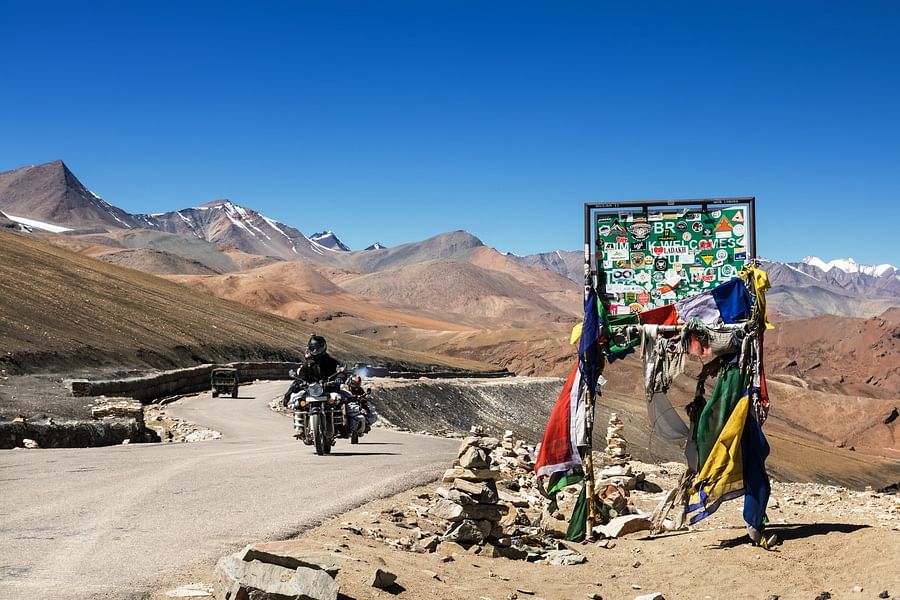
How to Get Permits for Ladakh Road Trip – Complete Guide
Table of Contents
Table of Contents
- Types of Permits Required for Ladakh
- How to Apply for Inner Line Permit (ILP)
- 1. Online Method (Recommended)
- How to Apply for Protected/Restricted Area Permit
- Documents for Ladakh Permits
- Areas That Require a Permit in Ladakh
- Cost of Ladakh Permits
- Validity of Permits for Ladakh Road Trip
- Important Tips for a Hassle-Free Permit Process
- Special Cases & Exemptions
- Open Permit vs. Rohtang Pass Permit – What's the Difference?
- Conclusion
Permits? What permits?
Yes, my friend, parts of Ladakh require special Inner Line Permits (ILP) and Protected Area Permits (PAP) to visit. Whether you're heading to Nubra Valley, Pangong Lake, or Tso Moriri, these permits are your golden tickets!
Many Ladakh tour packages handle permit arrangements for you. However, if you're wondering how to get a permit for Ladakh, don't worry—it's straightforward if you're informed about the process. This guide covers essential details, including who needs a permit, how and where to acquire it, associated costs, and expert tips to ensure a hassle-free experience. Let's dive in!
Types of Permits Required for Ladakh
If you're planning a trip to Ladakh, you might need specific permits depending on your nationality and the places you want to visit. Here's a breakdown of the types of Ladakh road trip permits:
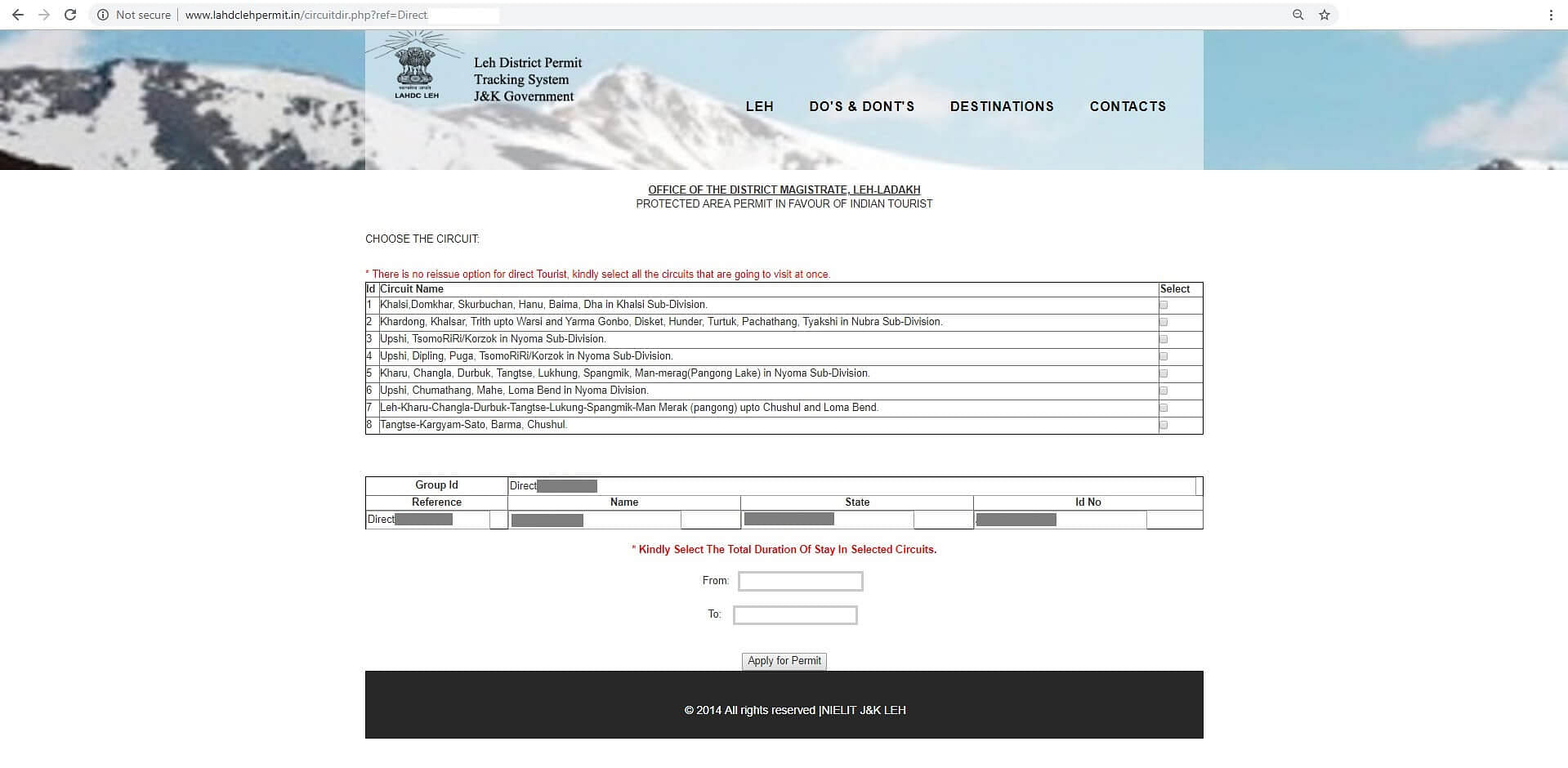
1. Inner Line Permit (ILP)
Who Needs It? Indian tourists.
Why is it Required? Regulates movement of Indian tourists in sensitive border areas.
Where is it Required? For visiting protected areas like:
- Nubra Valley
- Pangong Tso
- Tso Moriri
- Dah-Hanu Villages
- Changthang Valley
- Chushul, Hanle, and beyond
2. Protected Area Permit (PAP)
Who Needs It? Foreign nationals.
Why is it Required? Mandatory for foreign nationals due to proximity to international borders.
Where is it Required? Same areas as ILP.
3. Restricted Area Permit (RAP)
Who Needs It? Foreign nationals visiting border areas.
Why is it Required? Needed for specific high-risk zones to ensure national security.
Where is it Required?
- Parts of Nubra Valley (like Turtuk)
- Changthang region (close to China border)
4. Wildlife & Environmental Fees
All visitors (Indian & foreign) must pay a wildlife/environmental fee and a Red Cross fund fee when applying for Ladakh road trip permits.
Why is it Required? Helps in conservation efforts and maintaining Ladakh’s fragile ecosystem.
5. Rohtang Pass Permit (If Entering from Manali)
If you're entering Ladakh via Manali-Leh Highway, you'll need a Rohtang Pass Permit from the Himachal Pradesh government website.
Why is it Required? Controls vehicular traffic and pollution in ecologically sensitive areas.
How to Apply for Inner Line Permit (ILP)
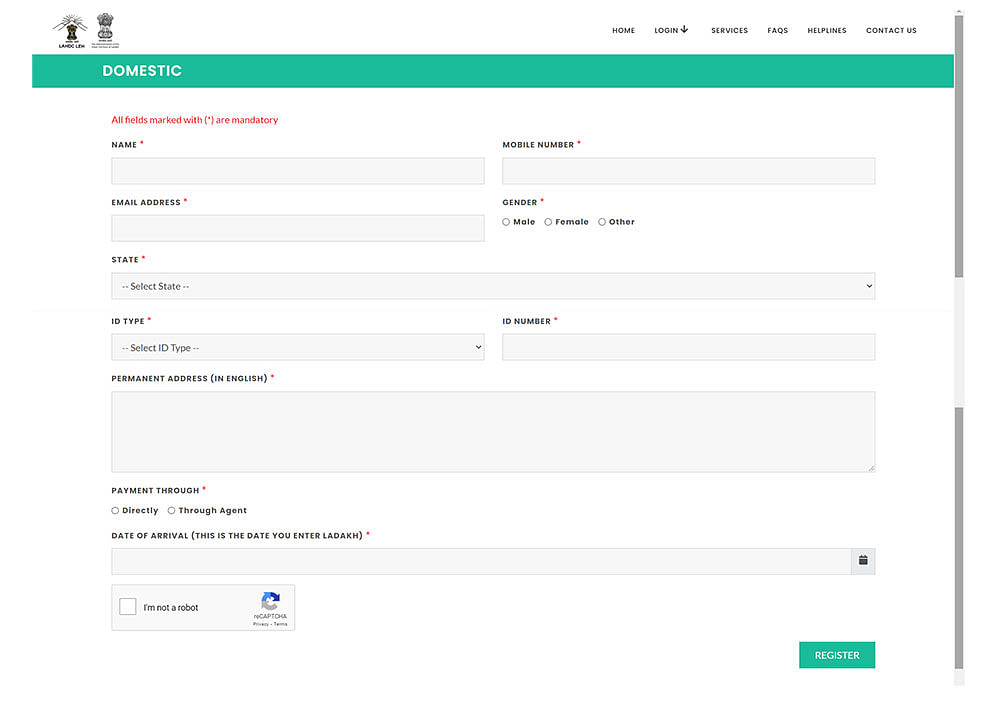
1. Online Method (Recommended)
Wondering how to apply for Ladakh permit online? Yes, it’s the recommended and easiest method. Here’s how to do it!
a.) Visit the Official Website
Go to https://www.lahdclehpermit.in.
b.) Access the Permit Section
- At the bottom of the screen, click on the half-circle that reads "Issue".
- A fly-out menu will appear. Click on “Domestic Clients”.
c.) Fill in Personal Details
- Enter the year of travel, name, state of residence, and gender.
- Click on the ID type drop-down and select Aadhaar Card, Passport, Driving License, or Voter ID.
- Fill in the ID number and provide your complete address.
d.) Select Issue Permit Option
- In the "Issue Permit" field, select “Directly”.
e.) Choose Travel Dates
- Click on "Date of Arrival" and select your arrival date in Leh from the calendar.
- Review all details carefully as they cannot be changed after submission.
f.) Submit the Application
- Click "Submit". A fly-out menu will confirm successful registration. Click "OK".
g.) Select Areas for ILP
- On the next page, select the areas you want to visit (Nubra Valley, Pangong Tso, Tso Moriri, etc.).
- At the bottom of the screen, select your arrival and departure dates in Leh.
- Click "Apply for Permit".
h.) Confirm and Generate the Permit
- A pop-up will confirm circuit assignment. Click "OK".
- Another pop-up will appear reading “Inserted Successfully”. Click "OK".
- The next page will display your permit details, name, ID number, and fees.
i.) Download and Print
- Either print the permit or take a screenshot for checkpoints.
- Carry multiple copies for verification at different locations.
2. Offline Method (At DC Office, Leh)
- Visit the Deputy Commissioner’s Office, Leh (open on weekdays).
- Fill out the ILP application form with required details.
- Submit valid ID proof (Aadhaar, Passport, Driving License, etc.).
- Pay the required fee at the designated counter.
- Collect the stamped permit and keep copies for travel.
Suggested Read: Ladakh Travel Tips For Travelling Responsibly
How to Apply for Protected/Restricted Area Permit
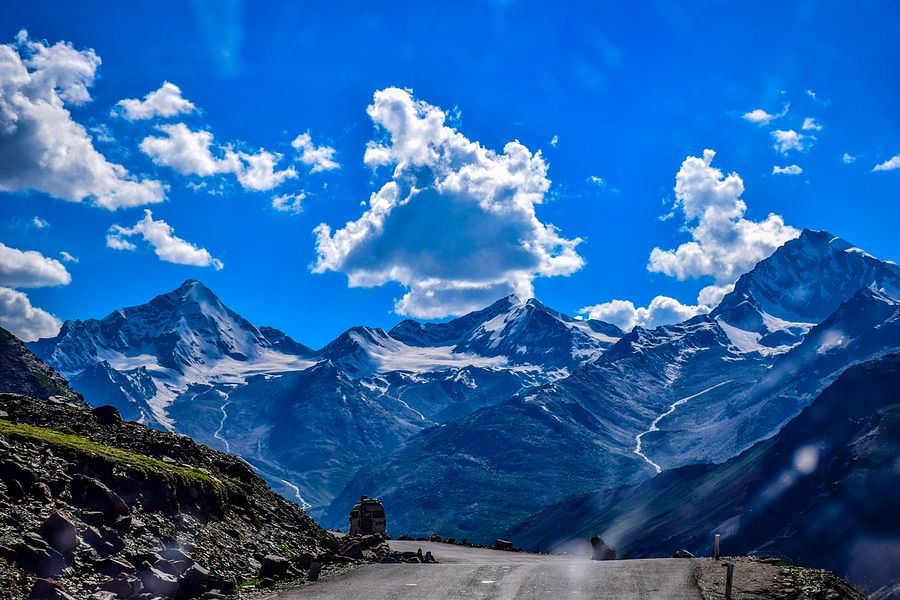
- Contact a registered travel agency in Leh before or after arrival.
- Submit copies of your passport and visa.
- Provide travel dates and the list of areas you plan to visit.
- Pay the applicable permit fee (INR 500–1000 per person).
- The agency will process the permit and provide a copy for checkpoints.
Documents for Ladakh Permits
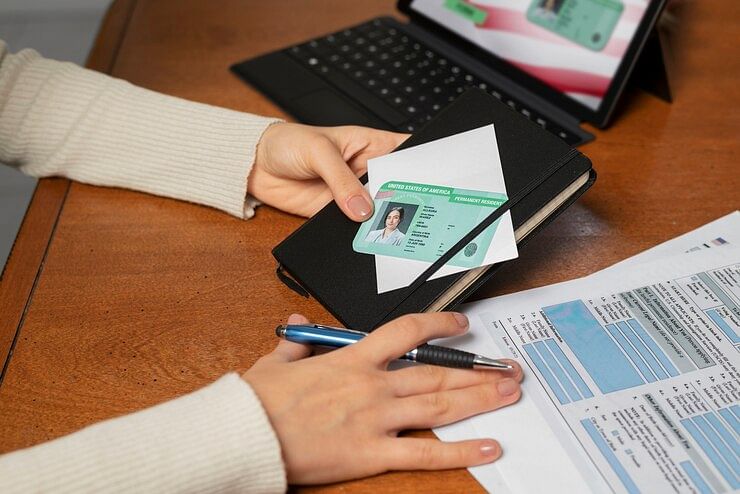
Documents Required for Inner Line Permit (ILP) for Indian Citizens
- Valid government-issued photo ID (Aadhar card, Voter ID, Passport, etc.).
- Passport-sized photographs.
- Completed application form (available online or at the District Magistrate's office).
- Travel itinerary or details of the places to be visited.
- For minors: Birth certificate or school ID.
Documents Required for Protected Area Permit (PAP) / Restricted Area Permit (RAP) for Foreign Nationals
- Valid passport with an Indian visa.
- Photocopies of the passport and visa.
- Passport-sized photographs.
- Completed application form.
- Travel itinerary or details of the places to be visited.
- Group permit applications may require a list of all group members with their passport details.
- Letter of recommendation from a recognized travel agency (if applicable).
Areas That Require a Permit in Ladakh
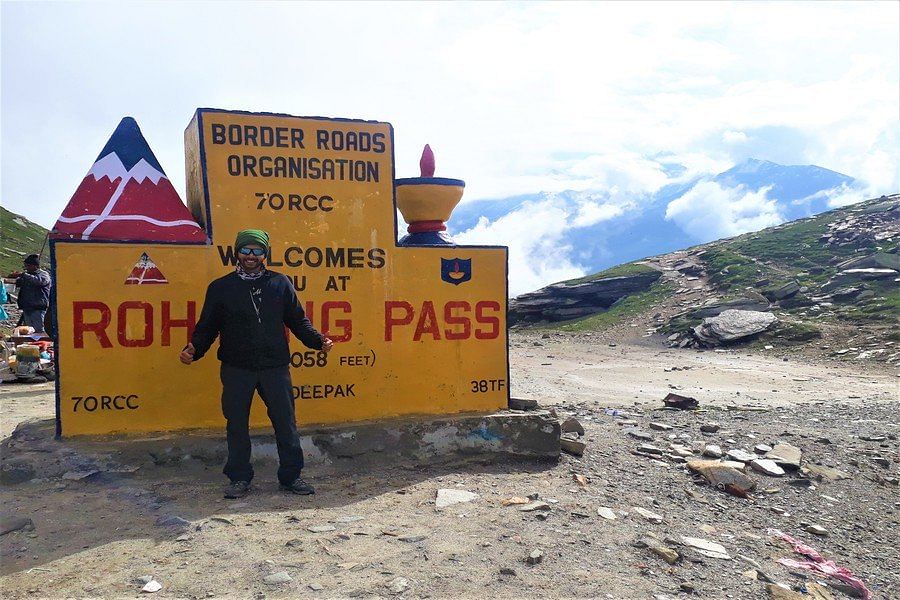
In Ladakh, certain areas require permits for both Indian and foreign tourists due to their strategic and sensitive nature. Here's a breakdown:
- Nubra Valley
- Pangong Tso
- Changthang Valley
- Leh to Tso Moriri
- Leh to Batalik
- Tangyar Trek
- Agham Shyok Route
- Wari La
Cost of Ladakh Permits
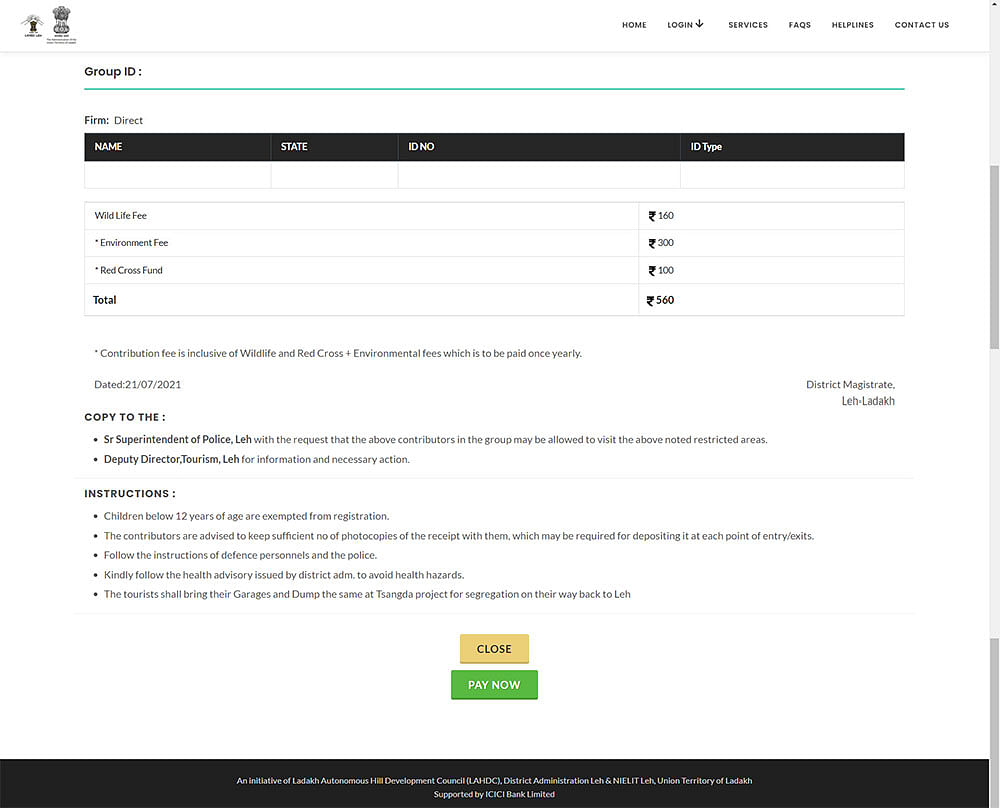
The Ladakh permit cost for traveling to Ladakh varies based on the type of permit, the traveler's nationality, and the areas to be visited.
For Indian citizens, the Inner Line Permit for Ladakh includes an environment fee of ₹400 per person, a wildlife protection fee of ₹20 per person per day, and a Red Cross Fund fee of ₹100 per person.
Foreign nationals require a Protected Area Permit (PAP) for Ladakh or Restricted Area Permit (RAP), which typically costs between ₹500 to ₹1,000 per person, plus additional environmental fees.
Suggested Read: Family Trip to Leh Ladakh: A Complete Travel Guide (2025 Edition)
Validity of Permits for Ladakh Road Trip
- Inner Line Permit (ILP) for Indian Tourists: Usually valid for 7 days from the date of issue, but can be extended if needed.
- Protected Area Permit (PAP) for Foreign Nationals: Typically valid for 7 to 15 days, depending on the areas covered.
- Rohtang Pass Permit:
- Tourist Permit (round trip) – Valid for 1 day (for visiting Rohtang and returning to Manali).
- Transit Permit (crossing Rohtang) – Valid for the day of travel only.
Important Tips for a Hassle-Free Permit Process
Getting the necessary permits for Ladakh can be a smooth process if you follow a few key tips. Here are some important tips to make the permit process hassle-free:
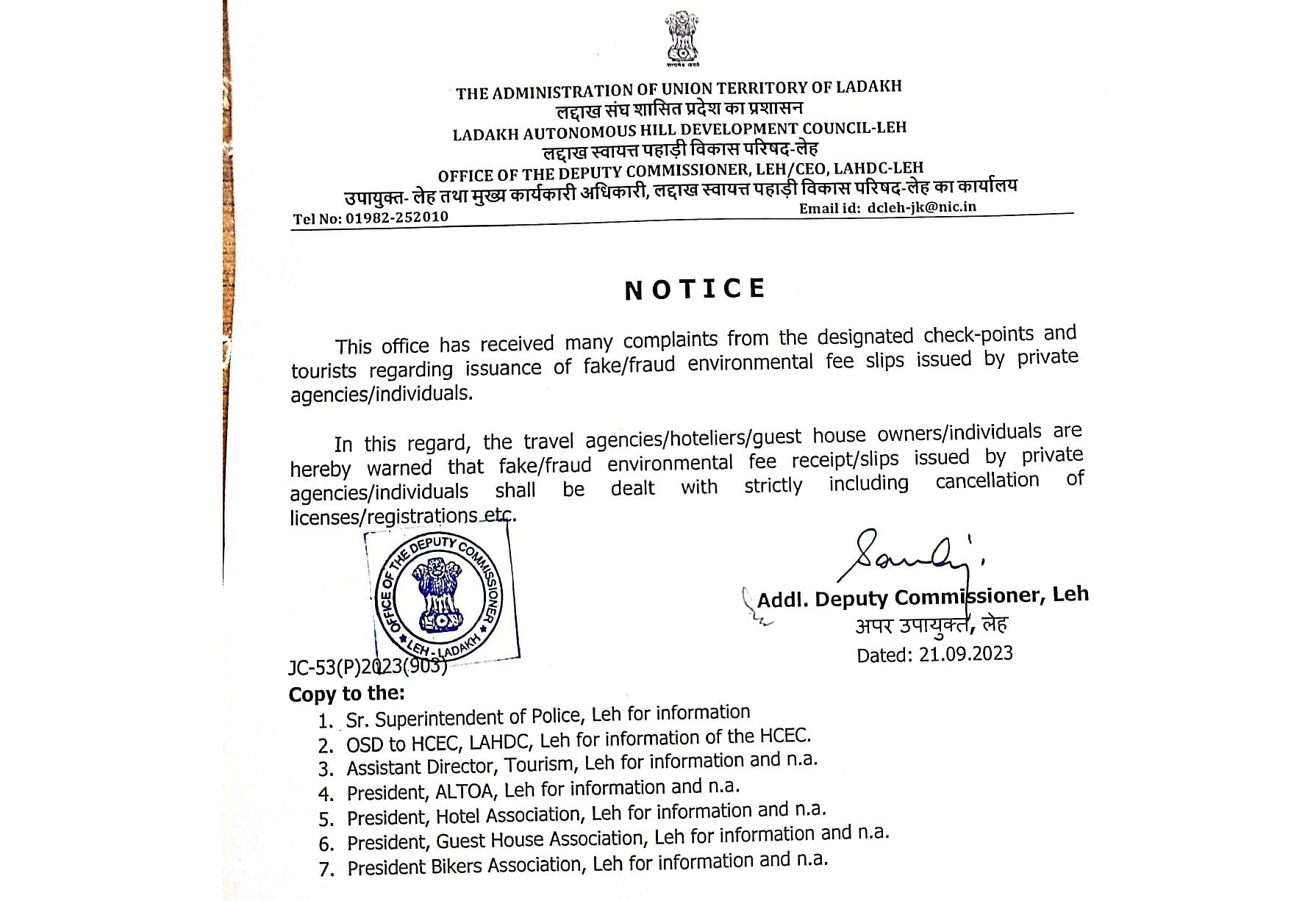
- Check the Latest Guidelines: Permit rules can change, so always verify the latest requirements before planning your trip.
- Keep Your Documents Ready: Have a valid photo ID like Aadhaar, Passport, or Driving License for the application.
- Carry Multiple Copies: Print extra copies of your permit, as you may need to show them at various checkpoints.
- Apply Early: If you're wondering how to get a permit for Ladakh, it's best to apply at least a few days before your trip to avoid last-minute delays. The online process is quicker, but offline applications at the DC office can take time.
- Keep Digital Copies: Save a soft copy of your permit on your phone in case you lose the physical copies. Some checkpoints may accept digital versions.
- Check Restricted Areas: Not all areas in Ladakh are open to tourists. If you're planning to visit sensitive locations like Hanle or Chushul, make sure your permit covers them.
- Group Permits for Foreigners: A Protected Area Permit (PAP) for Ladakh is mandatory for foreign nationals, and it requires a group of at least two people traveling together. Solo foreign travelers may need to join a group through a travel agency.
- Be Aware of Office Timings: If applying offline, visit the DC office in Leh early in the day, as it operates only during specific hours and may be crowded.
- Respect Permit Validity: Permits for Ladakh road trip are issued for a limited duration. Overstaying beyond the permit's validity can lead to fines or restrictions on further travel.
- Cross-Check with Local Authorities: Weather conditions or security reasons can sometimes change permit regulations. Confirm with local officials if your planned route is open.
- Follow Local Rules: Even with a valid permit, adhere to the guidelines set by the authorities at checkpoints and avoid entering restricted zones without clearance.
Suggested Read: How To Plan An Ultimate Trip To Leh Ladakh- All FAQs Answered!
Special Cases & Exemptions
Here are some special cases and exemptions related to permits for Ladakh road trip:
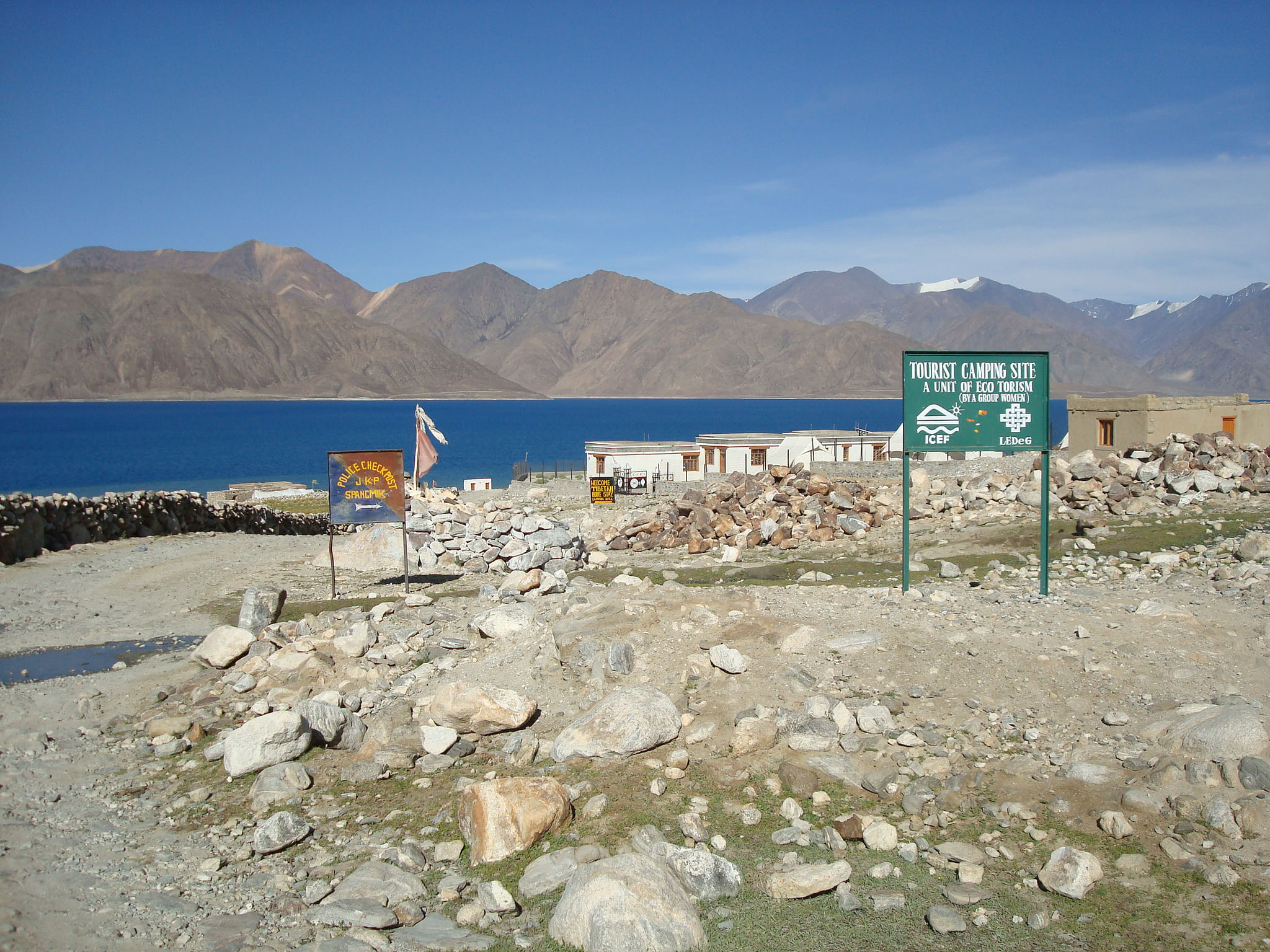
- Residents of J&K and Ladakh: Indian citizens from Jammu & Kashmir and Ladakh do not need an Inner Line Permit for Ladakh’s restricted area.
- Army and Government Officials: Personnel traveling for official duty may be exempt from permits but need to carry valid identification and authorization letters.
- Children Below 12 Years: In most cases, children under 12 years of age do not require an ILP, but it’s advisable to carry an age-proof document.
- Foreign Diplomats and Officials: Diplomats and foreign officials must obtain a special permit from the Ministry of External Affairs instead of a regular Protected Area Permit (PAP) for Ladakh.
- Indian Tourists Visiting Leh Town: No permit is needed to explore Leh town and nearby attractions like Magnetic Hill, Hall of Fame, and Shanti Stupa.
- Foreign Nationals Traveling to Tso Moriri & Hanle: Individual foreign travelers are not permitted in certain regions like Hanle unless accompanied by a registered travel agency.
- Pilgrims to Tso Moriri: Those visiting Tso Moriri for religious reasons may be exempt from permit fees but still need to register with local authorities.
- Citizens of Bhutan and Nepal: They do not require permits for Ladakh road trips.
- Long-Term Visa Holders: Foreigners with long-term visas (e.g., employment, research, or student visas) may be exempt for specific travel purposes, but this is rare and requires prior approval.
Open Permit vs. Rohtang Pass Permit – What's the Difference?
The Ladakh permit for Indian tourists and the Ladakh permit for foreign tourists vary depending on the travel area.
An Open Permit allows travel beyond Rohtang Pass to regions like Lahaul-Spiti and Kinnaur. It covers areas such as Keylong, Jispa, Sarchu, Pooh, Kaza, Tabo, and Nako. The permit is usually valid for 7 days and can be extended. It is required for Indian tourists traveling beyond Rohtang, while foreign tourists need a Protected Area Permit (PAP). This permit is issued by the District Magistrate’s office in Manali or Shimla.
A Rohtang Pass Permit, on the other hand, only allows travel up to Rohtang Pass from Manali and is valid for a single day (must return the same day). It is required for all tourists, both Indian and foreign, except for locals, defense personnel, and government officials on duty. It can be obtained from the District Magistrate’s office in Manali or through online portals.
Conclusion
Planning a road trip to Ladakh requires the right permits to access its breathtaking but restricted regions. Whether you're an Indian traveler needing an Inner Line Permit (ILP) or a foreign national applying for a Protected Area Permit (PAP), having the necessary documents ensures a hassle-free journey. Understanding how to get a permit for Ladakh in advance saves time and avoids last-minute stress. By following the correct procedures, carrying multiple copies of your permit, and staying updated on regulations, you can focus on enjoying Ladakh’s stunning landscapes without any travel disruptions. Get your permits for Ladakh road trip to enjoy Ladakh to the fullest and explore its breathtaking landscapes without any hassles.
Get exclusive travel insights & updates into your inbox!
*By clicking subscribe you'll receive emails from WanderOn.
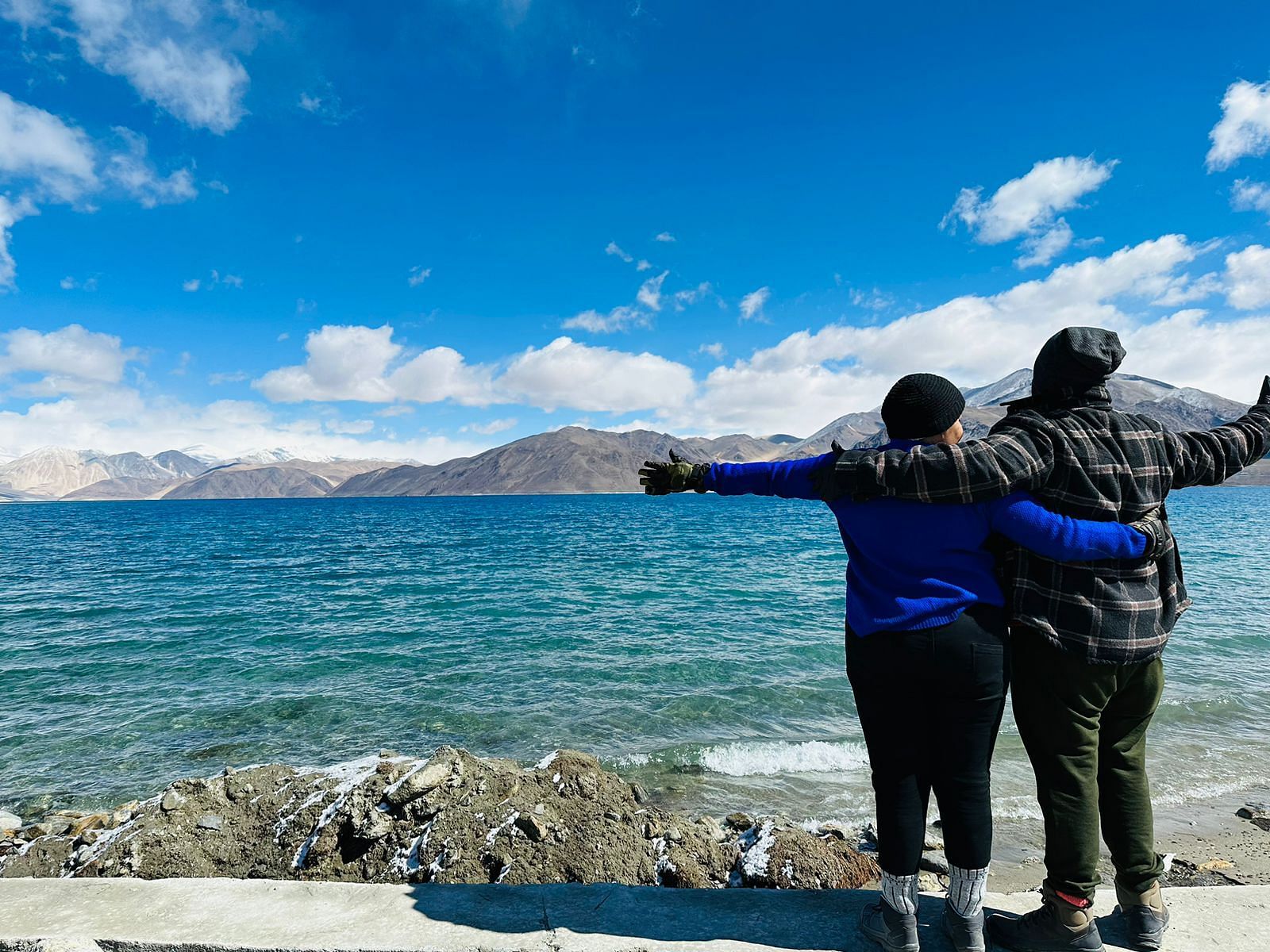
Shrutika Parab
★★★★★24 May 2024
“Thank you Team Wanderon for the amazing Ladakh Experience. Right from the point of making the bookings with Mr. Chakshu to the point of completion of the trip received amicable support.
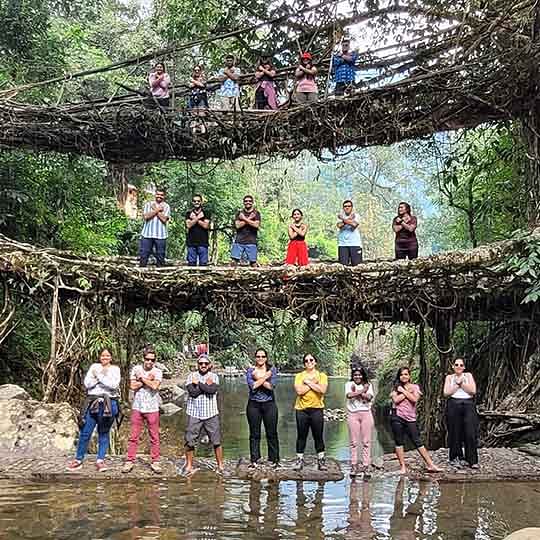
Sonal Shekhar Dash
★★★★★9 May 2024
“I did my first solo trip in India with WanderOn. Initially I was sceptical about their Meghalaya-Kaziranga trip as I didn't have any prior experience with them but the team assured me that it's going to be one of the best experiences of my life.

Archana Awati
★★★★★30 Apr 2024
“In Ladakh, find the perfect blend of culture, adventure, and serenity. December last year I decided that my next trip would be Ladakh but didn’t know how to go about it. I knew I wanted to travel in a group, as I had prior experiences of traveling in a group but wanted an organiser I could trust. Ladakh isn’t like other destinations wherein you need some instructions due to the high altitudes.
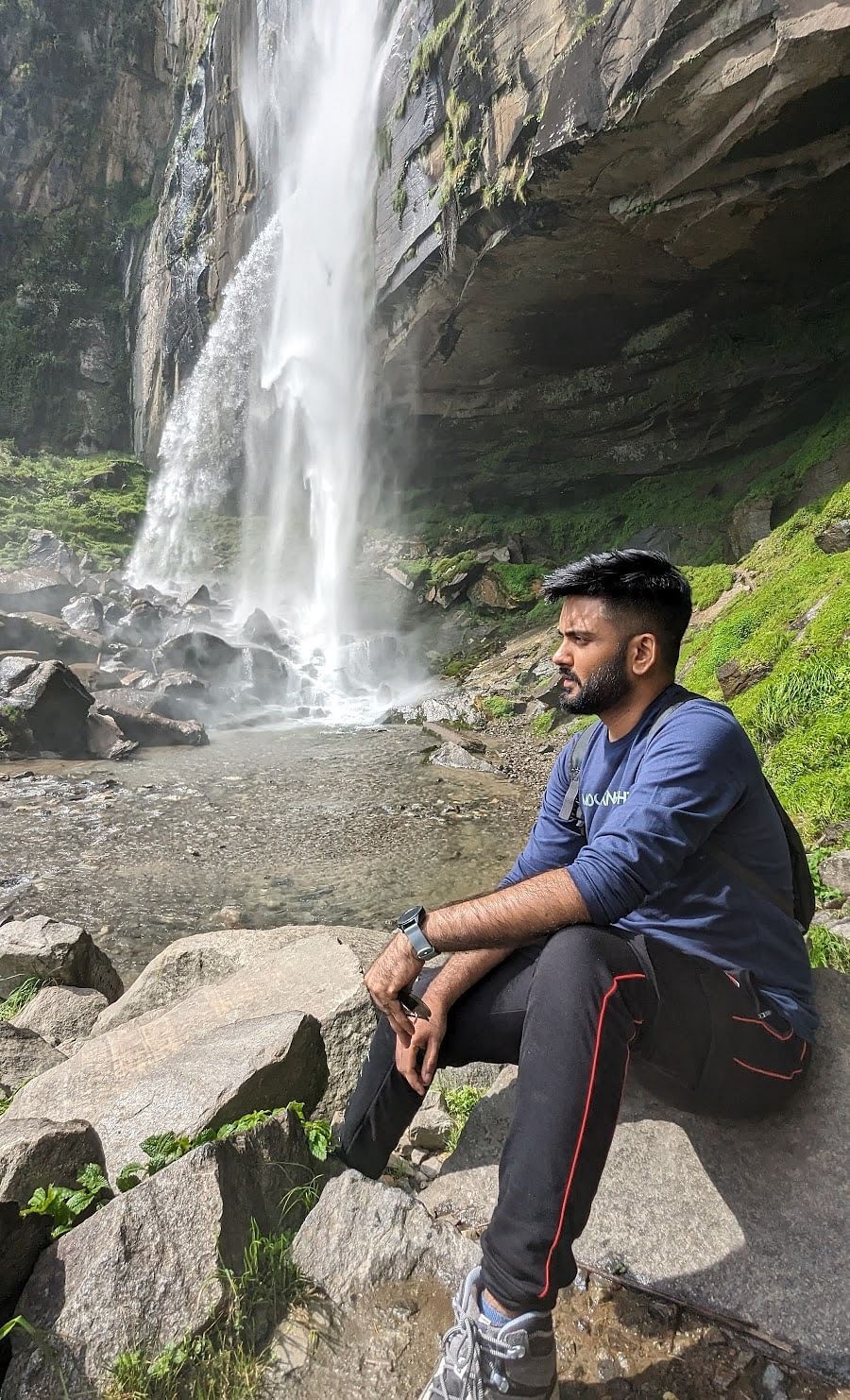
Kartik Dilawari
★★★★★4 Jul 2024
“After an amazing trip to Tirthan with WanderOn, I decided to go to Manali-Jispa with them and yet again, the experience was worth every penny. The place was very beautiful and the quality of service was top-notch, the itinerary was very good and the quality of transportation and stays were very good. Had an awesome time there and made some good friends as well. Lastly, our trip captains Priyasha and Rachit managed the entire trip very well and were so fun and made our trip an experience worth remembering.
FAQ'S
01
Do I need a permit for a Ladakh road trip?
Yes, certain areas in Ladakh require permits for travelers. Ladakh permit for Indian tourists includes an Inner Line Permit (ILP), while Ladakh permit for foreign tourists requires a Protected Area Permit (PAP). These are necessary for visiting places like Nubra Valley, Pangong Lake, and Tso Moriri.
02
What are the types of permits required for Ladakh?
03
How can I apply for a Ladakh permit online?
04
What documents are required to get a Ladakh permit?
05
What is the cost of a Ladakh permit?
06
Can I apply for a Ladakh permit through a travel agency?
07
Are there any restricted areas where tourists cannot go?
WanderOn Special

WANDERON EXPERIENCES PVT LTD
3rd Floor, Building No-436, Phase IV, Udyog Vihar, Sector-18, Gurugram, Haryana-122015


